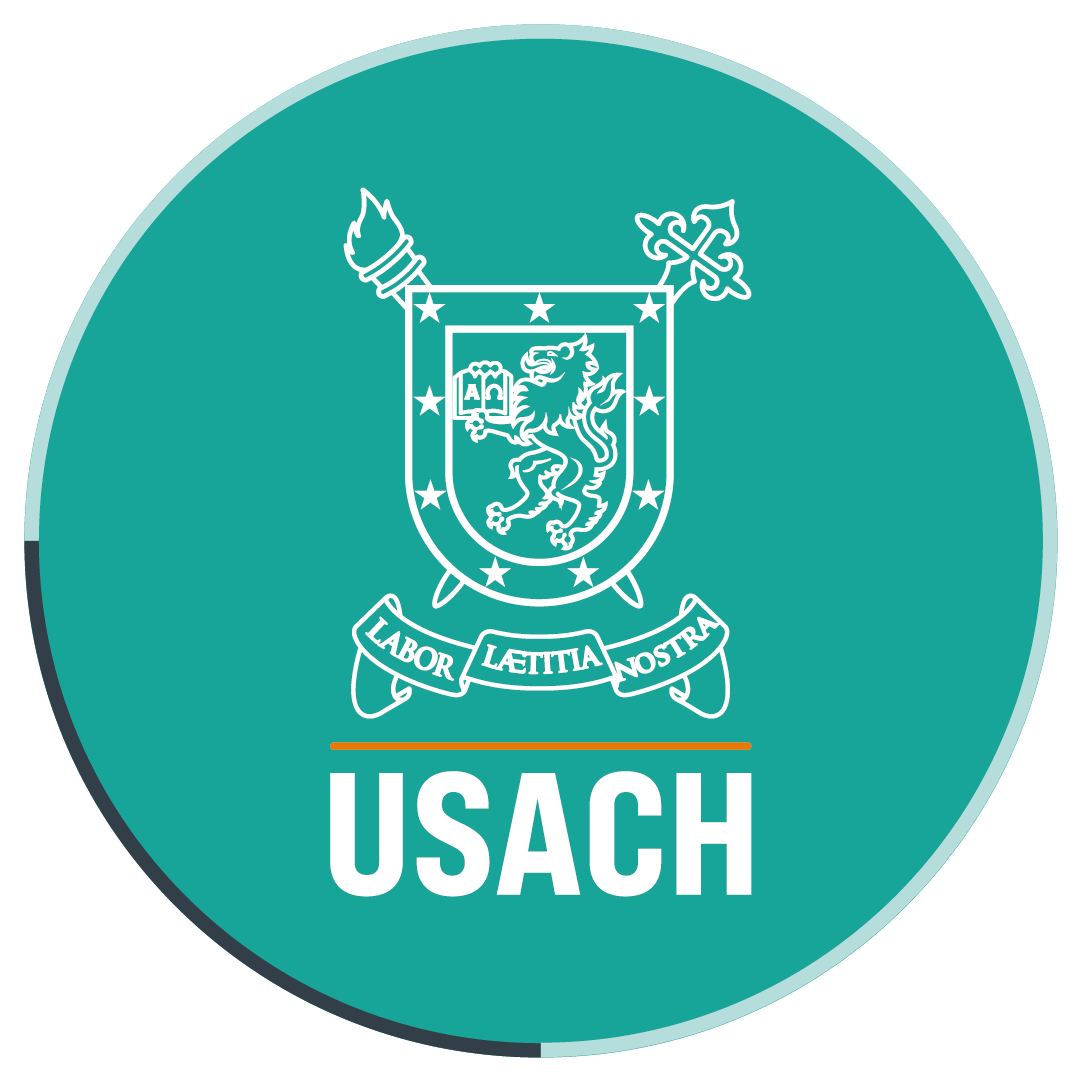Artificial intelligence robot to contribute to agriculture in Chile
- Dr Claudio Urrea, a specialist in robotics, has designed an intelligent device that is able to move autonomously through crops in order to perform different prevention and care tasks.
Dr Claudio Urrea, a researcher at Universidad de Santiago, designed and implemented controllers for a mobile robot that will contribute to farming and improve national agriculture. He was able to design, simulate and evaluate the dynamic performance of different types of controllers. Thanks to these controllers, the mobile robot can be autonomous and its location can be traced at any moment.
According to Dr Urrea, professor at the Department of Electrical Engineering of Universidadd e Santiago de Chile, during the study they have been able to design, simulate and evaluate the dynamic performances of different types of controllers for the mobile robot. This has allowed them to compare the controllers and determine which one had the better performance.
The researcher says that developing this mechanism could allow the mobile robot to perform crop care tasks. “A mobile robot with artificial intelligence designed and implemented by the Robotics Laboratory of the Department of Electrical Engineering and which is able to move autonomously between rows in a plantation, will have the capability, in the near future, to perform tasks like selective herbicide application, weed and pest control and others,” he says.
Impact on Chilean agricultural production
According to the Chilean Bureau for Agricultural Studies and Policies (ODEPA; in Spanish), Chile is constantly expanding its exports markets. Today, its main export destinations for food, forestry and agricultural products are the USA, the European Union, China, Japan, Mexico, South Korea, Brazil, the Russian Federation, Indonesia, Central America and India.
In this way, Dr Urrea’s research impact would allow to improve the national annual crop yields. “In the future, the impact of this research work will contribute to maintaining the crops all year round, even during the harvest season, when more time, human and economic resources are required. The effects of crop maintenance are directly reflected in the annual production,” he explains.
Dr Urrea says that this mobile robot is being modified to furnish it with more sensors so that it can perform more complex tasks.
The report of this study titled “Path Tracking of Mobile Robot in Crops” was published in the Journal of Intelligent and Robotic Systems (Springer). Patent requests for this technology have currently been filed with the support of the Department of Technology Management of Universidad de Santiago de Chile.
Translated by Marcela Contreras

